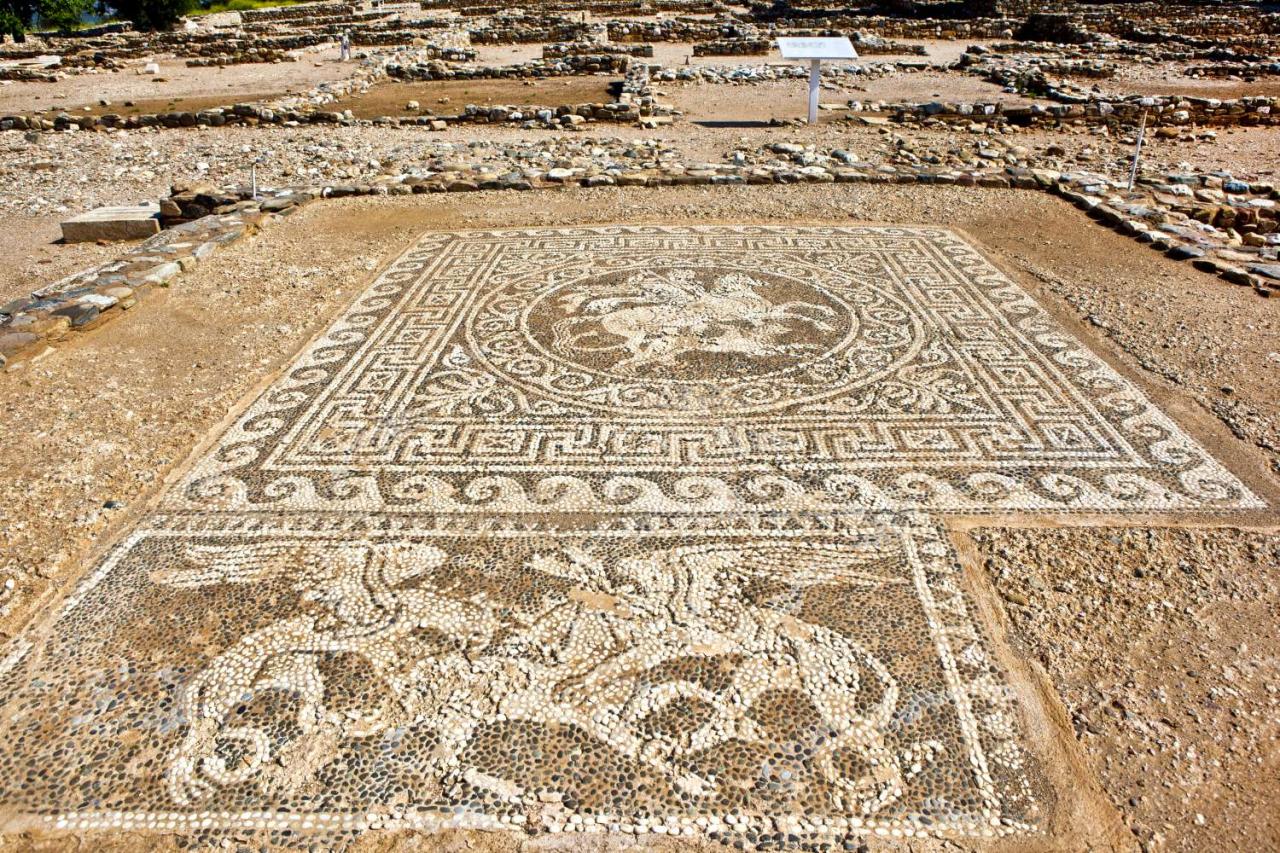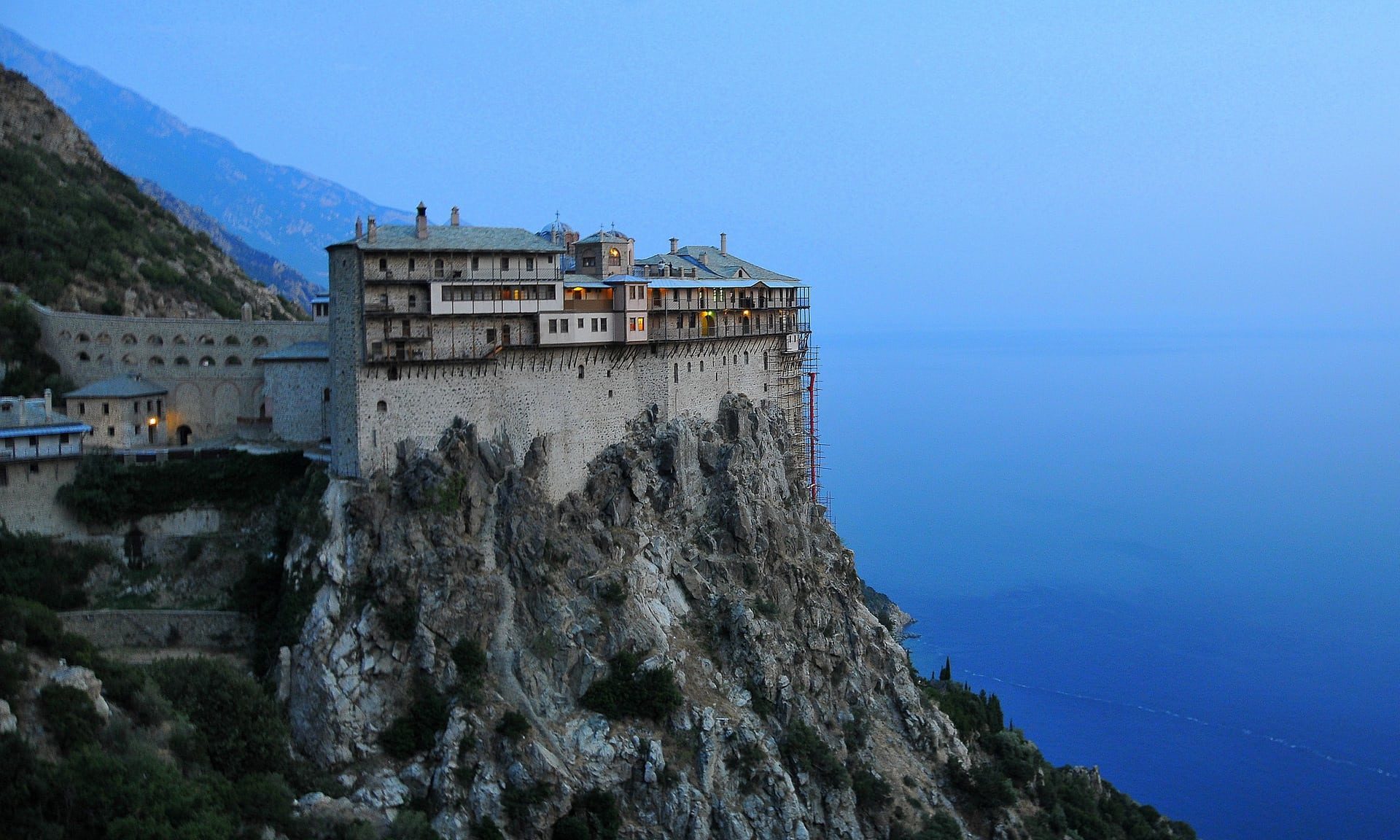The cave was known for its paleontological and paleoanthropological of findings since 1960, after the accidental discovery in that the resident Petralona H. Sarrigianidi, the famous fossilized human skull. The value of finding unique and gave rise to a series of tasks inside and outside the cave. In 1968 and the period 1974-1988 were carried out excavations in the cave by the (old) Paulianos Martian anthropologist.
The publications Poulianos to the cave talk of stone and bone tools, but the temporary nature of the publications did not give us a clear image. These findings are certainly numbers and are the first evidence of occupation of the Greek geographical area.
From the anthropological point of view the fossilized skull is very important finding, but there is no consensus of experts for dating and evaluation. The main views diverge significantly and the skull is considered as belonging to a man who lived some 700,000 years ago during one about 200,000 years ago during another.
Unfortunately it appears a settlement or a prescribed approach between experts and finding untapped archaeological and anthropological. It is imperative to give a reliable answer for the evaluation of important finds in the cave of Petralona.


